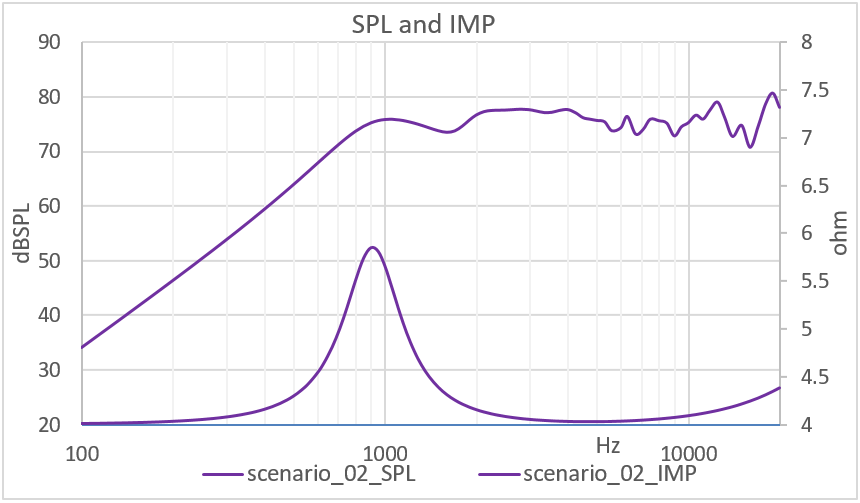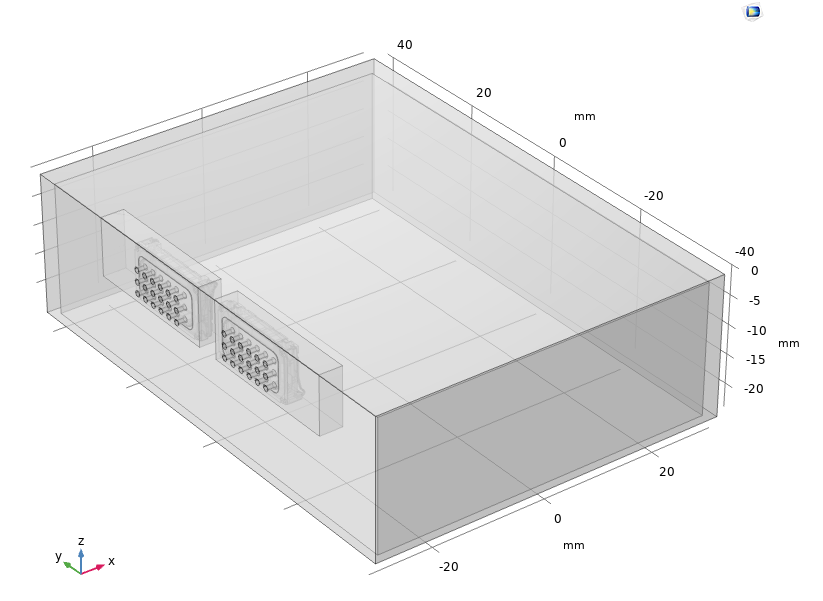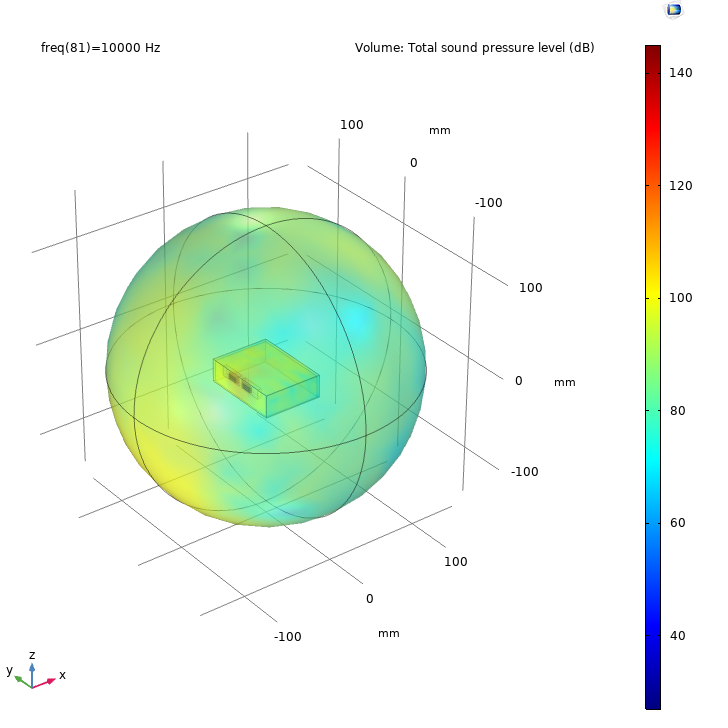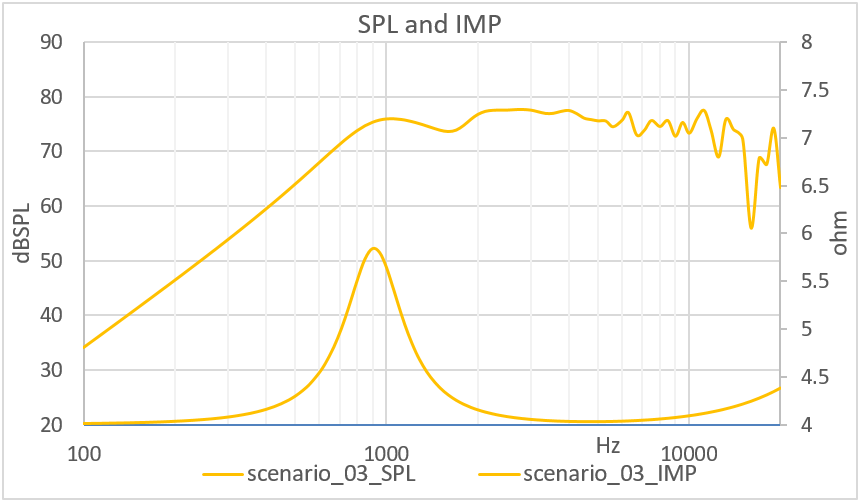Sound Reflections
Some designs focus on sound performance in consumer electronics marketed products, while others concentrate on ID appearances and prices. A unique ID sometimes limits the position of the loudspeakers. How can we balance the ID appearances and acceptable sound performance? It's always a critique for designers. The FEA (Finite Element Analysis) tool can be used to predict and analyze the influences of sound performance when the ID is initially locked down, and the optimized position of a loudspeaker can be chosen. Here are three scenarios with different positions of loudspeakers inside a product. Figure 1 shows the loudspeakers' positioloudspeakers' product of the scenario 01.

The two loudspeakers inside the product are in parallel; the z-axis is expected toward the end users. Figure 2 shows the simulation conditions and results of scenario 01.

The simulated and predicted SPL (Sound Pressure Level) and impedance curve of scenario 01 are shown in Figure 3.

Figure 4 shows the loudspeaker positions inside the product of scenario 02.

Figure 5 shows the simulation conditions and results of scenario 02.

The simulated and predicted SPL (Sound Pressure Level) and impedance curve of scenario 02 are shown in Figure 6.

Figure 7 shows the loudspeakers' positioloudspeakers' product of the scenario 03.

Figure 8 shows the simulation conditions and results of scenario 03.

The simulated and predicted SPL (Sound Pressure Level) and impedance curve of scenario 03 are shown in Figure 9.

Figure 10 shows the comparisons of SPLs and impedances for the three scenarios. The simulated results tell us that scenario 01 has the highest SPL.

It's easy to understand that there are no impacts on the impedance curves if the loudspeakers' position loudspeakers 'ent. However, the SPL will be influenced by different sound fields and reflections. From analyzing the compared results, scenario 01 has the highest SPL from around 1.2 KHz to 10 KHz. This means that it's the optimized position for the product if loudness is an essential requirement for design purposes. Scenarios 02 and 03 have almost the same performance if the product's application needs to extend to frequencies over 10KHz. Or the cancellations of sound fields at high frequencies are more severe in scenario 03.

 RFQ
RFQ